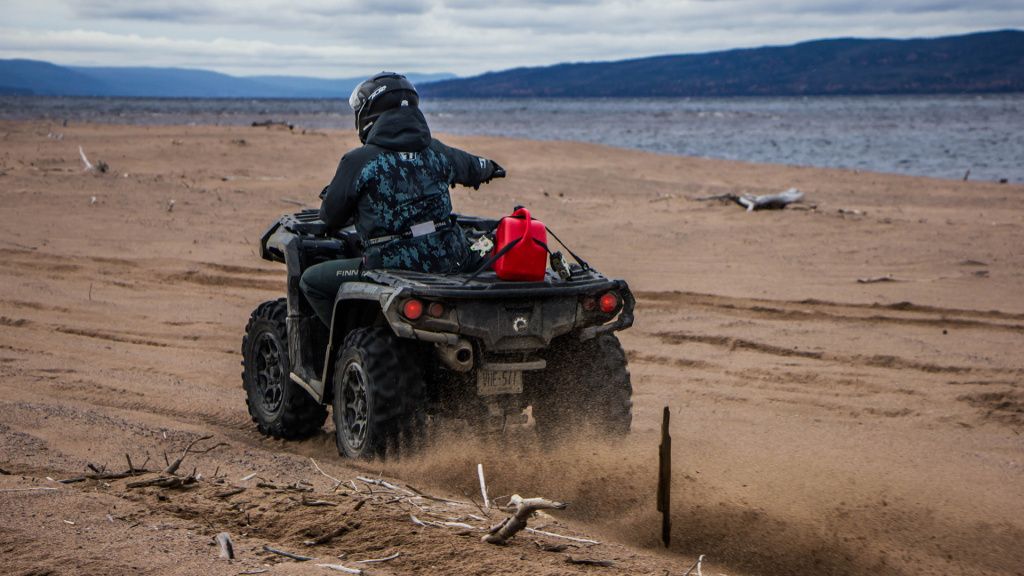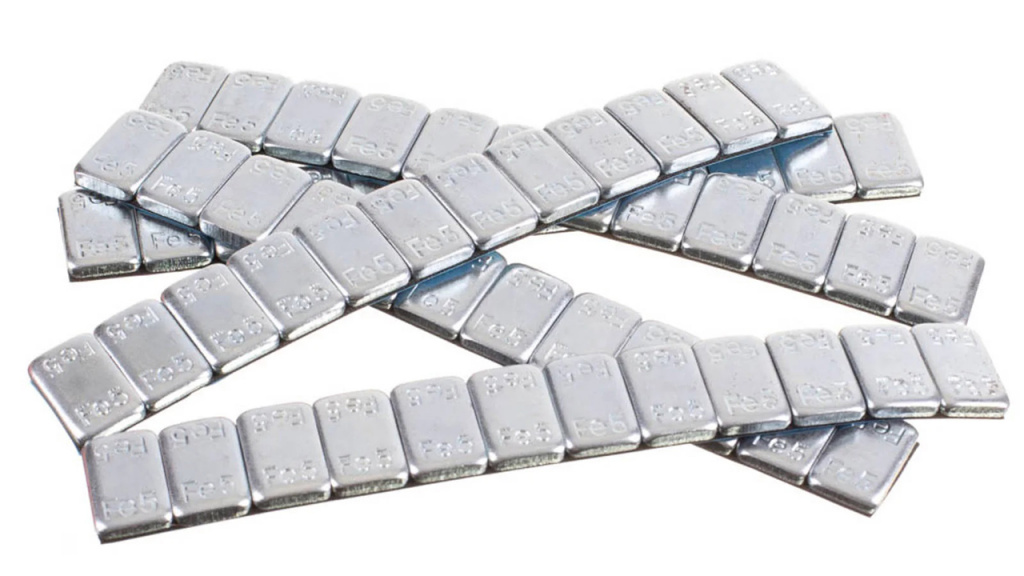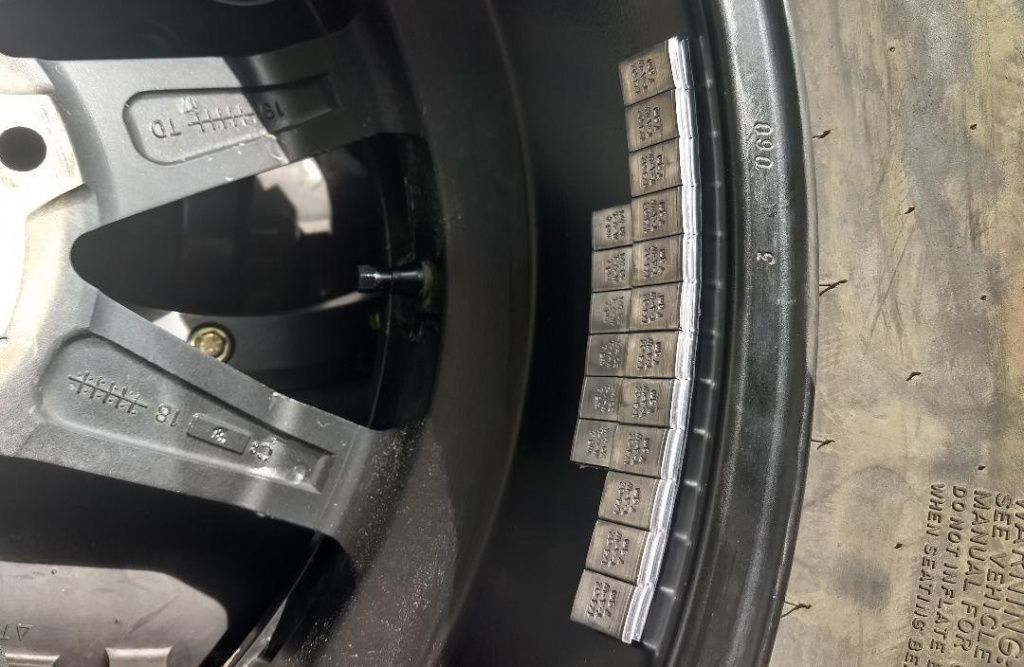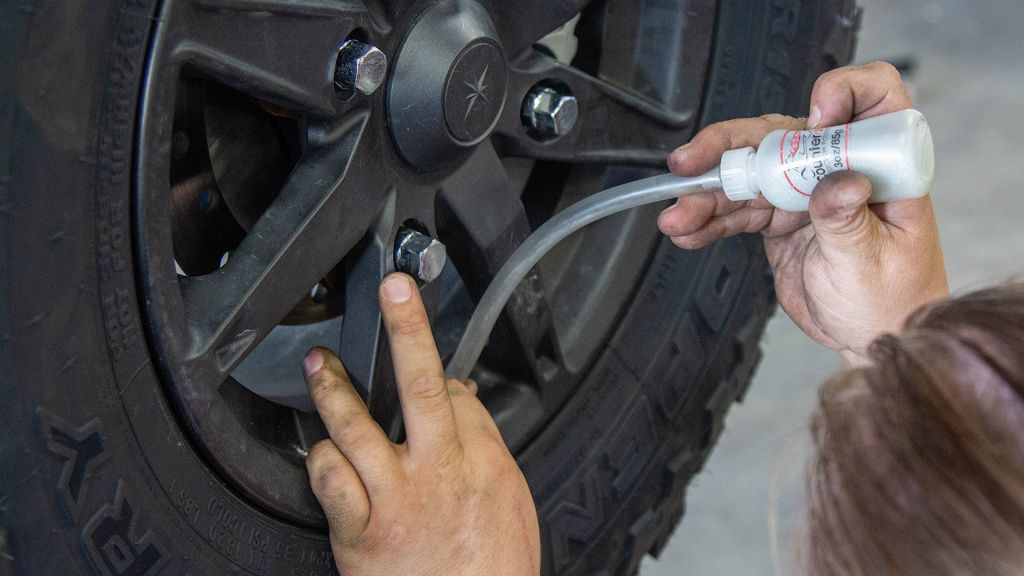DIY Guide to Balance ATV & UTV Tires at Home
We balance our car tires, shouldn't we balance ATV tires too? Maybe. If you do decide you need to balance your ATV or UTV's tires, be aware that having it done professionally can be expensive. If you can get a professional to do it at all. Many people choose to balance their ATV tires themselves, finding it effective and budget friendly. This post will help you determine if you need to balance ATV tires and how to do it.
WHY ATV TIRES NEED BALANCING

Wear and tear create damage and imperfections in the tire that change its shape, making certain areas heavier than others. The smooth motion of a new tire is thrown off, resulting in vibrations you can feel as you pick up speed. Most are not too bad and could be easily ignored, but they can become so violent that they make it very hard to ride the machine.
Riding on significantly unbalanced tires for a long time and at high speeds can put strain on your suspension, bushings, and bearings. So, if you're tempted to tough out more violent jolting, you'd be better off to balance the tires.
DETERMINE IF YOU NEED TO BALANCE THE TIRES ON YOUR ATV / UTV

Whether you need to balance your tires depends on the type of riding you do and how important having balanced tires is to you.
Most of the time, you won't notice a tire balance issue when driving below 35mph. If you mainly use your ATV for mudding or tackling other really rough terrain, you might not exceed 35mph enough to seriously care whether your tires are balanced. If you do a lot of trail riding or racing, balanced tires will have much more impact on you and the machine.
THE MANY WAYS TO BALANCE ATV TIRES
Let's go over the two best methods of balancing ATV tires.
Weights

The best way to balance ATV tires for trail riding and racing is the weight method. Depending on the way you use your vehicle, this method might be good for your needs too.
The principle is to stick weights to the outside of the tire to counteract the wear. This method is not recommended for any rough terrain or mud because it will pop the weights right off.
You'll need to buy balancing weights and a balancer tool to measure how much weight you need to add and wh ere.
Balancing weights come in self-adhesive and clip-on forms. The self-adhesive is the most popular type because they're the simplest and don't require any special tools to add or remove. Clip-on weights are not very difficult, and they offer the benefit of being able to be reused.

There are several models of balancers available at automotive stores. The size of the tires does impact whether certain models of balancer will work, so you may need to do research or ask for help at the store to ensure you're buying the right one for your tires. You'll begin by cleaning the tire and rim with degreaser to ensure the weights get a firm hold.
Set the tire balancer on a level surface. You can tell it is level because the bubble will be dead center.
You can then mount the wheel on the balancer. Spin it, and when it has come to a complete stop, check the bubble. You can do it multiple times to ensure you are getting an accurate reading.
The bubble will be out of place to the same degree that the tire is out of balance. You will add weights to make the bubble dead center again.
Stick the weights on the side of the tire the bubble is leaning toward. You don't want to end up putting weights on both sides of the tire. Just add the right amount on the one side to make it level.
Beads

The bead method is less accurate but more forgiving and won't be impacted by rough terrain. This is the best method to go with if you find yourself needing to balance tires for aggressive riding.
These ceramic beads are placed inside the tire and will naturally conform to the needs of your tire as you ride. Because this method is based on the movement of the beads, you can't use them if you also use tire slime or sealant.
You'll need the beads and a valve core remover for this job. A balance bead kit should come with both. You'll also need a scale, It can be any scale that measures in ounces.

You can start this method with the tires on the machine or off. Let the air out of the tire. If you use the valve core remover to let the air out, do it slowly so the valve core doesn't come flying off and get lost.
Use the tool to remove the valve core. Most tires need 5 to 6 ounces of balance beads, but you can do some research to ensure that's the right amount for your tires. The amount of beads is important. The kit came with a tube and should have come with a bottle to ins ert the beads in to the tire. If the bottle isn't included, you can use a funnel. Let the beads go in slowly to let them easily move through the tube. Once they're all in, replace the valve core with the valve core tool and inflate the tire.








































